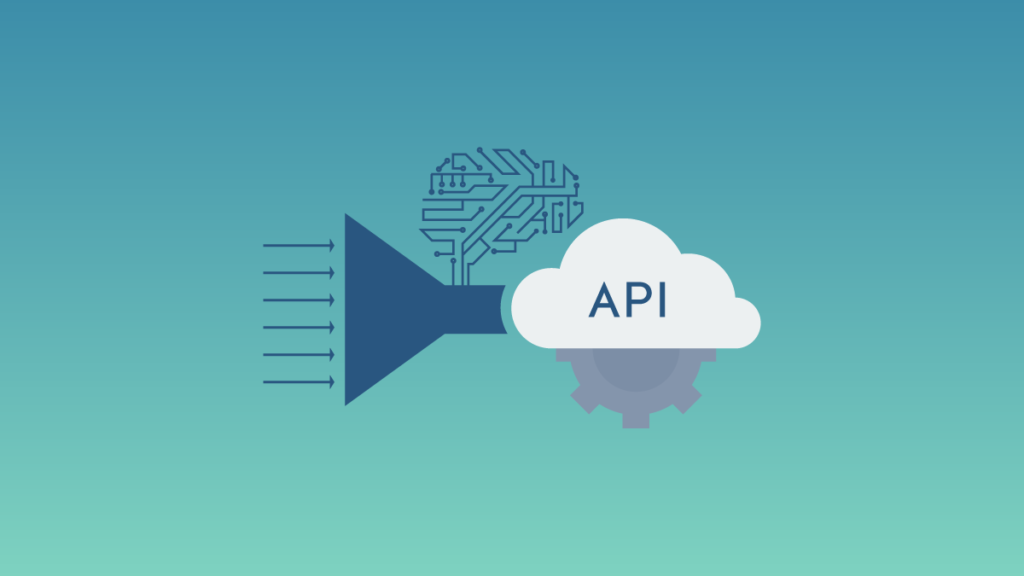In today's digital-first world, APIs are the lifelines that connect modern applications, systems, and services. As businesses scale and customer demands increase, ensuring consistent performance and reliability becomes non-negotiable. This is where rate limiting plays a critical role—not as a restriction, but as a safeguard to maintain stability, meet Service Level Agreements (SLAs), and support long-term growth without compromising user experience.
What Is API Rate Limiting?
API rate limiting is a mechanism used to control the number of requests a client can make to an API within a specific time frame—such as 1,000 requests per minute. This limit is crucial in maintaining the health and reliability of systems that rely heavily on APIs, particularly in large-scale or real-time environments.
By restricting traffic, rate limiting helps avoid system overload, prevents abuse (such as DDoS attacks), and ensures fair usage for all users.
Why Rate Limiting Matters in Modern Infrastructure
In today’s digital architecture—where APIs power everything from customer communications to payment systems—rate limiting plays a vital role in:
- Protecting backend resources from excessive or malicious requests.
- Ensuring consistent system performance, especially in time-sensitive systems like call centers and in-app messaging platforms.
- Maintaining service quality for all users, even during high-traffic events such as sales or flash promotions.
Real-World Consequences of No Rate Limiting
Without rate limits in place, systems can quickly become vulnerable to bottlenecks or even outages. Some examples include:
- E-commerce: A single user or bot floods the product catalog API, causing page loads or checkout processes to fail for other customers during a promo campaign.
- Call center: Without request limits, call routing APIs may be overloaded by bulk queries, delaying call assignments and impacting customer experience.
- Authentication services: Mass brute-force login attempts can slip through and put user data at risk.
How Rate Limiting Is Implemented
Rate limiting is typically handled using one of the following strategies:
- Token Bucket: Requests are allowed as long as tokens are available. Tokens refill at a fixed rate.
- Leaky Bucket: Processes requests at a constant rate, even if bursts arrive.
- Fixed Window: Counts requests in a specific window of time (e.g., per minute or hour).
These strategies help balance performance and control, and can be applied to various API types like messaging, payments, or login systems.
Rate Limiting and Service Level Agreements (SLA)
A well-configured rate limiting strategy is essential for meeting SLA requirements, particularly regarding system uptime and response times. Without rate limits, backend services risk failure under load, leading to SLA violations. Setting request ceilings helps define a “safe zone” where services can operate reliably—even during spikes—ensuring commitments to users and partners are consistently met.
When to Increase API Limits
While rate limits protect your system, there are moments when you’ll need to scale up:
- Rapid user growth or organic traffic surges.
- Large-scale marketing campaigns that generate high API volume.
- Business expansion into new regions or user segments.
Scaling safely involves more than just raising limits. You may also need to implement caching, request queuing, or role-based prioritization to maintain system performance and ensure mission-critical functions remain uninterrupted.
Rate Limiting Is Not a Barrier, But a Safeguard
API rate limiting is more than a technical detail—it’s a core principle of digital resilience. It helps ensure that systems stay available, responsive, and fair to all users. By understanding how and when to apply rate limits—and how to evolve them with business growth—you equip your infrastructure to scale without sacrificing quality or uptime.

